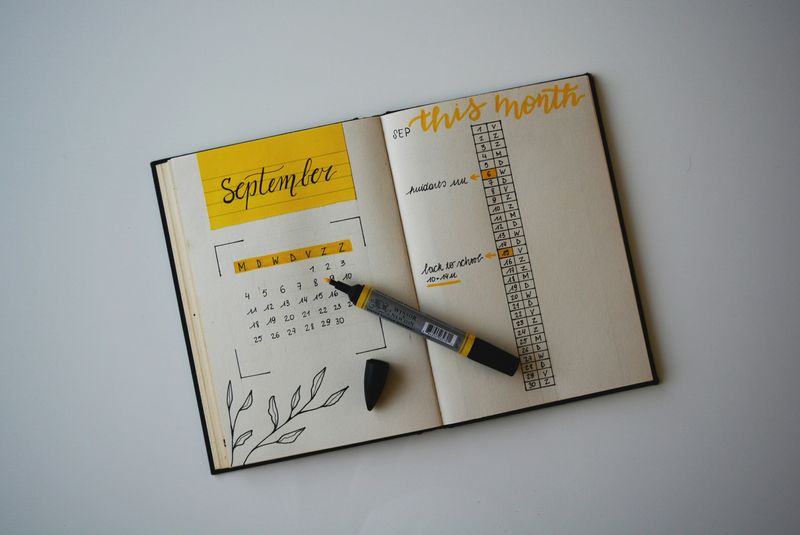Drowning in scraps of paper with your symptom notes and doctor recommendations scattered around the room?
You’re not alone! Sorting through all that information just to find what matters for your health can be exhausting. What if there was a smarter way to connect the dots?

Create a journal to assist with tracking your symptoms!
Why Use a Journal?
Keeping a journal can be a game-changer when managing your health. It helps track symptoms, recognize patterns, and provide essential information to your doctor.
Think of your health as a mystery. Something is happening, but the clues aren’t obvious yet.
Your job? Collect the evidence, spot the patterns, and solve the case! A health journal is your detective notebook, helping you uncover what’s really going on.

1. Gather the Evidence: Log Your Symptoms
Start by writing down your symptoms when they appear. Whether it’s a mild ache or a recurring issue, capturing these details can reveal patterns over time (like triggers, frequency, or progression) that might otherwise go unnoticed.
 Photo by Estée Janssens on Unsplash
Photo by Estée Janssens on UnsplashHere’s a simple and effective health journal entry structure you can use that includes the symptom and when it happened:
When did it start? 🗓️
What are you feeling? How intense is it? 😷
How long did the symptom last? Was it constant or did it come and go? ⏳
2. Follow the Suspects: Track Daily Activities and Routines
As you keep tracking, start adding more details, not just how bad your symptoms are at one moment. Include things like:
How did you sleep? 😴
What were your work hours? 💼
What did you eat, and when? 🍽️
Did you exercise, and when? 🏋️♀️

These extra bits help you spot what might be making things better or worse.
3. Investigate the Crime Scene: Observe Environmental Triggers
As you track your symptoms, start paying attention to what your environment was like when the symptoms started: Was your environment bright or dim, loud or quiet, hot or cold? 📍
Environmental factors like lighting, noise, and temperature can strongly influence symptoms, especially in conditions like migraines, anxiety, and chronic pain. These details might seem small, but they often hold powerful clues.
Research shows that people often experience better outcomes when they recognize and adjust to environmental triggers. The more aware you become, the more control you gain.
Your journal can reveal surprising environmental triggers!
Quiz
Which of the following is NOT an environmental factor that may trigger physical symptoms?
4. Crack the Case: Review Your Logs Regularly
Set aside a few minutes each week to review your journal. Look for trends. Sometimes the answer isn’t obvious right away, but over time, even small details can reveal big insights.
Even if nothing stands out at first, consistency pays off. Over time, small patterns can lead to big discoveries.

To get the most out of your health journal, try these actionable tips:
Highlight recurring items: Are there symptoms, foods, or events that show up often? Can you use colors or tags to make them easier to spot? 🖍️
Create a personal “trigger tracker”: What patterns can you find between triggers (like foods, stress, or sleep) and your symptoms? ⚠️
Compare good days vs. bad days: What made your good days better and your bad days worse? Are there habits or choices that consistently affect how you feel? ☯️
Summarize monthly trends: Looking back, are certain weeks better or worse than others? Do any seasonal or lifestyle patterns emerge? 📊
Think of your journal as your health detective log: the more detailed your notes, the closer you are to cracking the case and uncovering the cause!
Take Action
With your journal, you’re no longer guessing. You’re uncovering the truth. Each entry is a piece of the puzzle, helping you connect the dots and take control of your health.
 Photo by Alicia Christin Gerald on Unsplash
Photo by Alicia Christin Gerald on UnsplashYour feedback matters to us.
This Byte helped me better understand the topic.
